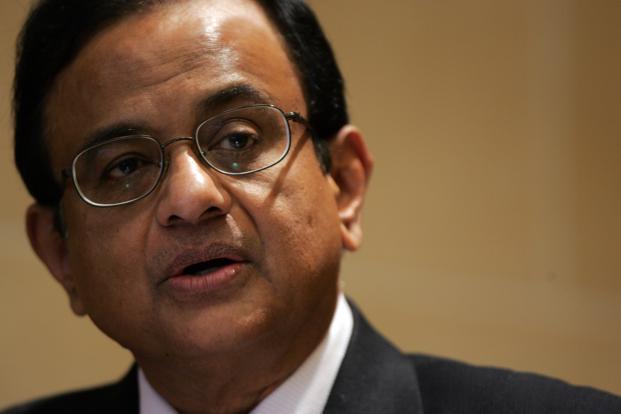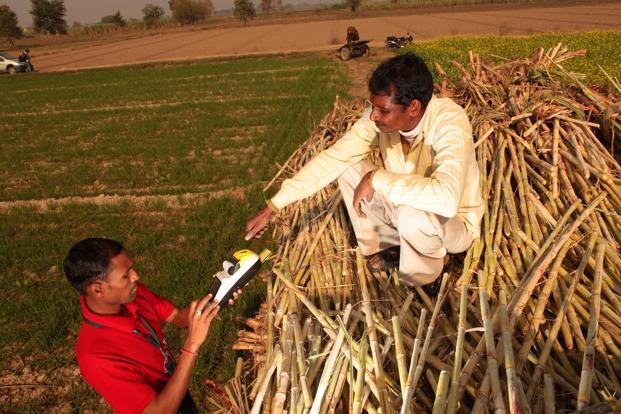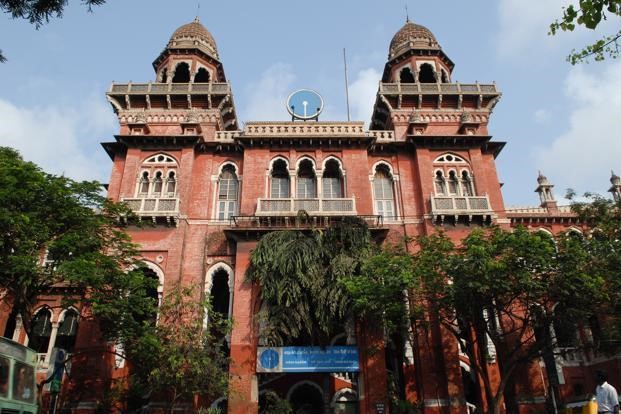The government may have persuaded the opposition to agree to the amendment of the country’s banking law, a move that, among other things, will pave the way for the banking regulator to issue new banking licences.
The amended law seeks to empower the Reserve Bank of India (RBI) to supersede a rogue bank’s board, something the regulator cannot do now. RBI wants the power as a precondition for allowing large industrial houses to promote banks. Without this power, RBI is uncomfortable giving banking licences to companies that could use the money for the benefit of group units and deny funds to rivals. The amended law also proposes to raise the ceiling on voting rights in both state-run and private banks from 1% in state-run banks and 10% in private lenders, irrespective of the stake owned. The plan is to raise it to 10% and 26%, respectively. This will encourage serious investors to put money into banks. The amended law also seeks to allow banks to offer shares without voting rights which will help them raise the capital they desperately need to meet new international norms by March 2018.
The bone of political contention was a clause in the proposed amendment that allows banks to dabble in commodity futures, which the Bharatiya Janata Party (BJP) leader Yashwant Sinha said wasn’t in the original Bill cleared by the finance committee of Parliament. There are two other provisions that have been introduced, relating to the tenure of directors and the role of the Competition Commission of India in clearing mergers and acquisitions in the banking space. There is nothing new about political parties opposing a Bill on technical grounds but it may not be a bad idea to look into the issue, going beyond politics.
Banks are allowed to buy stock futures, currency futures and even commodity futures but on international commodity exchanges—not in India. In the stock market, banks use their own money to buy and sell futures, but in the currency market, they hedge foreign exchange price risk exposure of their customers. Since banks lend money to commodity traders, and volatility in commodity prices affects the borrowers, shouldn’t banks be allowed to hedge for price risks in commodities?
Unlike in the currency market, where every dollar bought has to be backed by an underlying transaction—because the local currency is not on full float—banks should even be allowed to use their own money (proprietary account) for playing in commodity futures.
But that should happen only when there is a robust regulatory regime for commodity exchanges, which is not the case. The Forward Markets Commission, or FMC, set up in 1953, is the commodities regulator but unlike RBI and the Securities and Exchange Board of India (Sebi), FMC is not independent—it’s part of the consumer affairs ministry.
There is another critical structural issue. Unlike the equity markets where Sebi oversees both the spot as well as the derivative markets, the commodity market is split with FMC looking after the futures segment and individual state governments managing the spot markets—particularly for the agro commodities.
It is imperative to have a strong regulator because of growing financialization of certain commodities such as gold, silver and oil. These are no longer treated as commodities; for investors they represent different asset classes. Around 60 commodities are traded in the futures segment on national commodity exchanges but future contracts of just around half a dozen of these commodities constitute 90% of trading volumes.
Even an agro commodity like guar gum is now emerging an asset for the investing community. Guar seeds are dehusked, milled and screened to obtain the guar gum. India produces about 600,000 tonnes of guar annually, the most in the world, and has an 80% share of global production. Guar is used in industries as diverse as textile, paper, explosives, cosmetics, foods such as ice cream and ketchups, and in extracting shale gas and oil.
Thus, while banks should be allowed to trade in commodity futures, the government should equip FMC with regulatory powers it lacks now. This can be done by amending the Forward Contracts (Regulation) Act, 1952. An amendment has been awaiting the approval of Parliament for years.
India’s commodity market has a chequered history. The first organized futures market, Bombay Cotton Trade Association, was set up in 1875, just a decade after the establishment of the Chicago Board of Trade in the US, the world’s oldest commodity exchange. By the 1930s, there were at least 300 commodity exchanges with flourishing trade in cotton, groundnut, groundnut oil, raw jute, jute goods, castor seed, wheat, rice, sugar and precious metals such as gold and silver. The British government suspended forward trading in most of the commodities in India during the Second World War as it wanted to stock them and dampen price rise expectations. After Independence, the Forward Contracts (Regulation) Act was passed in 1952 to regulate this market and FMC was born. In the mid-1960s, the government banned futures trading of most commodities, believing this fuels inflation. The ban was lifted in 2003, leading to the birth of national electronic commodity exchanges but even a decade after this, FMC continues to remain a wing of the central ministry.
In a free-market economy, futures trading is essential as it helps price discovery and price risk management and forward prices signal the imbalance between demand and supply. The entry of banks into this market will add depth to the market and they should be welcomed but not before the FMC becomes an independent, strong regulator. If the government is serious about reforms, it should move aggressively to amend both the banking laws and the securities contract law. Neither will work in isolation.



